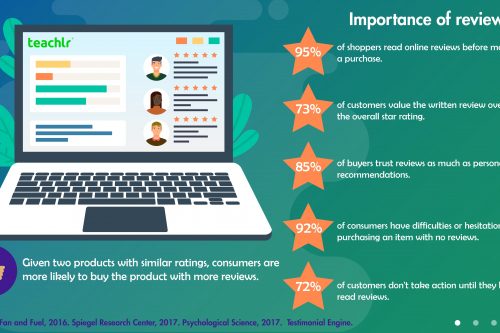Once you finish writing an email and hit send, you expect a reply. We all do! However, it isn’t always the case.
At Teachlr we send hundreds of different types of emails everyday to potential teachers, users, affiliates, business partners, media representatives and among our own team. This has allowed us to figure out what incentivizes a response and what simply doesn’t work. Now we’re happy to share our tips to write effective emails with you.
- Stop and think first: It’s important to optimize your time, so avoid over-doing if there are easier ways to handle a situation. If you consider that a certain matter can be solved face-to-face or with a quick phone call, just step away from your computer and talk it out.
- To the point: What happens when you open an extremely long email composed of multiple thick paragraphs? Unless it is about something urgent, you’ll probably close it and try to read it again later. Most definitely you won’t respond right away. Divide your information in paragraphs of three lines or less, and just write concisely what you need to communicate -not more.
- Adapt: You’re writing an email, not an essay, less a novel. Use a straightforward language and adapt the style to the person who’s receiving your message. If it’s a co-worker, it can be casually written; if it’s a possible client, be formal, but concise.
- Think out your title: The title contains the first words that will be read, so you have to guarantee the main idea is clearly transmitted. Ask yourself what you want your reader to understand and summarize that message in just a few characters. Don’t worry about length; according to Yesware, it shouldn’t bother you so much. What has worked for us is saying who’s writing and why. For example, this is the title of an email for a user who has requested to solve an issue in his/her account: I’m Natalia from Teachlr. Problem solved!
- Structure is key: What you decide to say first really counts to write effective emails. Make sure you attract the interest of your reader with the first few lines and continue to elaborate your message assertively. The structure that has worked for us has been:
- Introduction: Say who you are and where you’re writing from.
- Content: State what you want; why you need the reader to be involved; and what you expect the reader to do next (the well-known Call To Action). If applicable, you can also add information, which would serve as evidence proving your goals are attainable.
- Conclusion: Give contact information, express you’re looking forward to connect and say thanks.
There you go, a simple and helpful checklist to write effective emails. One last piece of advice: Put yourself in the reader’s place and always remember, be authentic in every text you write. If you are sincere and are communicating something meaningful, then people will respond.
(Visited 108 times, 1 visits today)




